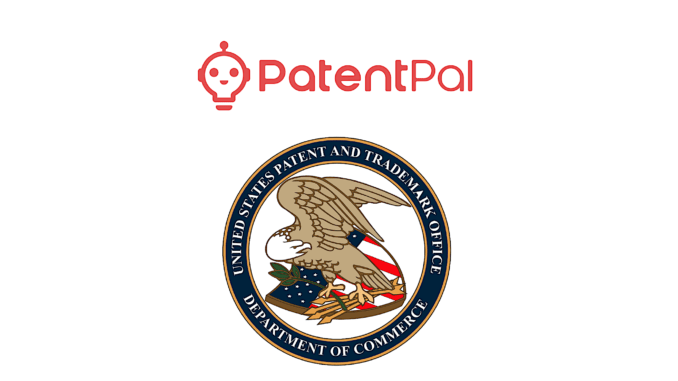
Generative AI is an approach that is going to grow and grow in the legal tech sector, and PatentPal is part of this new breed of startups based on transformer technology. In this case it is able to automatically generate key elements of a patent application.
Artificial Lawyer spoke to the company’s San Francisco-based founder, Jack Xu, who was an IP lawyer, about the startup and recorded an AL TV Product Walk Through (see below) showing how it all works.
Put simply, it works by using a GPT-3 style transformer approach (see Wikipedia for more info), but with its own separate library of ‘source material’ related to patents, which it then draws upon to generate aspects of an application. You ‘drop your [invention] document into the browser to input your claims, this then produces:
– Flowcharts for methods
– Block diagrams for systems and devices
– Detailed descriptions of generated figures
– Abstract and summary to support all claims.’
The benefit here is clearly all about efficiency, something that matters especially in the patent filing world. As Xu explained, a lot of this type of work is on a fixed fee, not the hourly rate, and so efficiency is instantly helpful.
So, here is a short AL TV video that shows the system at work, plus some questions from this site, which was very interested to learn more. Press the ‘Play’ button to watch inside the page. Enjoy!
And here is an extended interview with Xu.
What is Generative AI and how does PatentPal use it?
Generative AI is a machine learning model that has been trained to generate useful content. This can be images, text, or, in our case, legal writing. PatentPal’s generative AI is a proven product that is currently in use by professionals in drafting patent applications to be filed and prosecuted with the USPTO. The first PatentPal patent was issued two months ago. You can read more about it here.
How does PatentPal work then?
To address the problems described above, we need an approach that gives the user a lot more control over the underlying language model when they are trying to describe a new invention in a patent application. For PatentPal, the interface between our machine learning model and the domain expertise of a patent attorney is the knowledge graph.
We extract this knowledge graph from a set of claims written by the attorney. We do this by using transformers (similar to GPT-3) to extract concepts and relationships from the attorney’s claims at an unprecedented accuracy. Based on this knowledge graph understanding of the invention, we can then generate new language that’s required in a patent application.
Where are you today as a company?
As described above, PatentPal is currently in use by patent attorneys in drafting and prosecuting patent applications. Since launching the product at the beginning of the year, we have a core group of power users who use the tool on every application they write. Many of these users have also already committed to resubscribing for the following year.
And here is one example of a happy patent lawyer customer. ‘PatentPal has saved me an enormous amount of drafting time. I used to transcribe claims into specification language manually, which was a significant endeavour. The tool does all of this for me, freeing me to revise and add additional details. My applications have become more robust even with less time spent on them. I don’t know how I could run my practice without PatentPal. I would never sleep!’ said Ryan Schneer of Schneer IP.
–
So, there you go. As noted, this is not about just using GPT-3, but rather taking that same approach and applying it through other custom-built ‘libraries’ to create useful tools for lawyers that can quickly create documents, or parts of documents.
It’s an area that will grow much further. As techniques develop and new custom libraries fill out, the outputs will also become better and better – although in this case they appear to already be at a level that lawyers can rely upon.
Patents is just one area that has now been shown to work for generative AI in the legal sector. More use cases are out there and no doubt more will follow. Exciting times!
To whom it may concern:
Can you ai review a response from the examiner?
Thank you in advance for your reply.
Best,
Dave